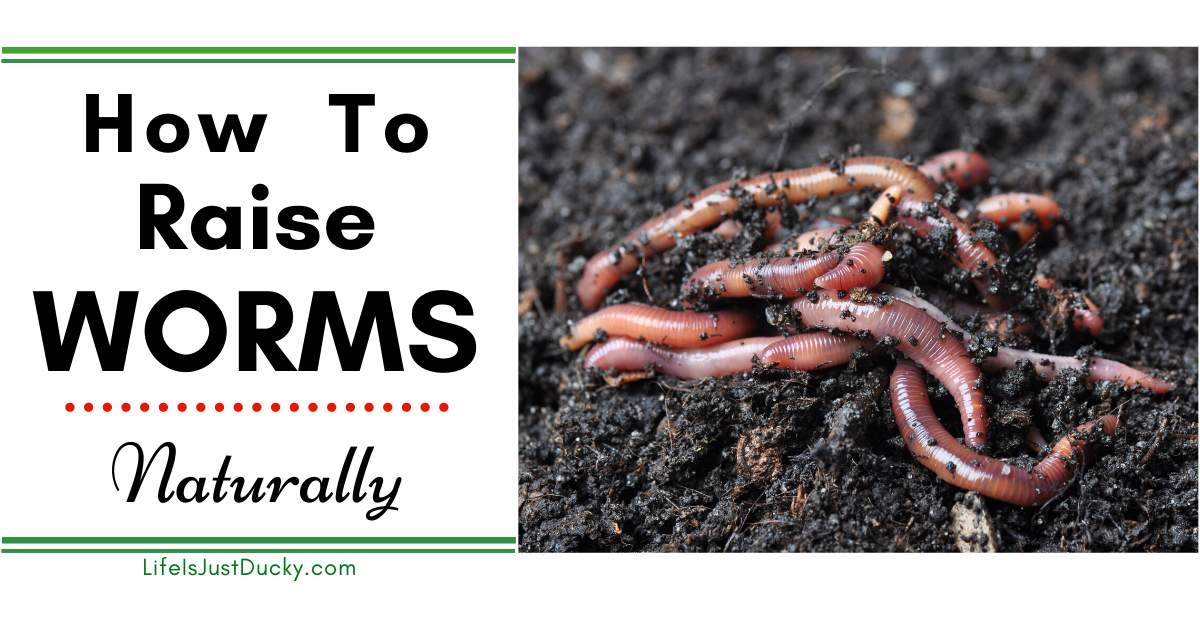Innovative Methods in Red Wiggler Composting to Enhance Your Fertilizer
Recognizing the Conveniences of Red Wiggler Composting: Just How This Reliable Approach Transforms Organic Waste Into Nutrient-Rich Dirt Changes
Red Wiggler composting, employing the varieties Eisenia fetida, presents an engaging method to natural waste management, transforming kitchen scraps and lawn debris into beneficial soil modifications. This method not just boosts soil fertility however also addresses pressing ecological issues, consisting of garbage dump waste decrease and greenhouse gas exhausts. As we discover the complexities of this procedure, the multifaceted advantages it offers may reveal unexpected insights right into lasting techniques and eco-friendly equilibrium. Recognizing these measurements may trigger a reevaluation of exactly how we regard waste and its possible payments to a healthier planet.
What Are Red Wigglers?
Red wigglers, scientifically referred to as Eisenia fetida, are a varieties of earthworm that play a critical function in vermicomposting systems. These worms are defined by their reddish-brown shade, fractional bodies, and a distinct capacity to flourish in organic-rich settings, making them excellent for composting applications - Red Wiggler Composting. Unlike their garden-dwelling counterparts, red wigglers favor to populate the upper layers of soil, where rotting matter is bountiful
Usually determining in between 3 to 4 inches in length, red wigglers have a high reproductive price, allowing them to increase rapidly under optimal problems. They possess an unique digestive system that permits them to process natural waste efficiently, converting it into nutrient-rich spreadings, which are highly helpful for plant growth.
Their tolerance to differing moisture degrees and temperature level ranges better improves their utility in vermicomposting configurations, making them a favored selection among composting enthusiasts. Furthermore, red wigglers are aerobic microorganisms, which requires a well-aerated composting setting, making sure effective decay. Understanding the organic characteristics and actions of red wigglers is vital for optimizing their use in lasting waste administration techniques.

Advantages of Vermicomposting
Utilizing the power of vermicomposting deals a plethora of environmental and agricultural advantages. To start with, it significantly minimizes natural waste in landfills, therefore decreasing methane exhausts, a potent greenhouse gas. By diverting food scraps and backyard waste to vermicomposting, we sustain a more sustainable waste monitoring system.
In addition, vermicomposting boosts dirt wellness. The spreadings produced by red wigglers are rich in vital nutrients, microorganisms, and enzymes, boosting dirt framework and fertility. This nutrient-rich modification advertises durable plant development and increases water retention, reducing the need for chemical plant foods.
In addition, vermicomposting fosters biodiversity in the dirt ecological community. The intro of beneficial microorganisms from worm castings help in condition reductions and nutrient cycling, creating a much healthier setting for plants.
Financially, vermicomposting lowers the prices related to chemical inputs and garbage disposal. Farmers and gardeners can cultivate top quality produce at lower expenditures, adding to food protection and sustainability.
Just How to Begin Composting
Starting a composting endeavor can be a uncomplicated and fulfilling process. This will certainly aid preserve a well balanced temperature level, essential for the composting procedure.
Gather organic products such as kitchen scraps, backyard waste, and shredded paper. Go for a well balanced mix of 'eco-friendly' products, high in nitrogen (e.g., fruit scraps, coffee grounds), and 'brownish' products, rich in carbon (e.g., dried out leaves, cardboard) A proportion of roughly 2:1 eco-friendly to brown materials is optimal.
Beginning layering your materials, making certain appropriate air flow by transforming the pile consistently. This promotes cardio decomposition, speeding and minimizing odors up the procedure. Display wetness degrees; the compost must seem like a damp sponge however not extremely wet.
Nutrient Profile of Vermicompost
Composting, particularly with red wigglers, produces a nutrient-rich product understood as vermicompost. Furthermore, it supplies micronutrients like calcium, magnesium, and iron, promoting robust plant development and improving dirt health and wellness.
The microbial activity present in vermicompost better navigate to this site improves its profile, introducing helpful microorganisms and fungis that promote vitamins and mineral schedule and uptake in plants. This organic component help in reducing plant illness and boosting dirt framework, resulting in improved water retention and aeration.

Environmental Influence of Composting
The environmental influence of composting, particularly via the use of red wigglers, is multifaceted and profound. This technique significantly minimizes the quantity of organic waste sent out to land fills, which consequently reduces greenhouse gas emissions, especially methane-- a powerful contributor to climate modification. By drawing away natural products from landfills, red wiggler composting not just aids reduce ecological destruction but likewise advertises sustainable waste administration techniques.

Additionally, composting adds to carbon sequestration, as the process catches co2 from the environment and stores it in the soil. This natural process aids in combating climate change while enhancing the soil - Red Wiggler like this Composting. In general, red wiggler composting presents a viable, green remedy for waste monitoring and ecological sustainability, advertising much healthier environments and a much more sustainable future
Conclusion
In final thought, Red Wiggler composting serves as an efficient method for transforming organic waste right into useful soil changes. The process not just enhances dirt fertility and structure yet also minimizes environmental concerns connected with waste disposal.
Red Wiggler composting, utilizing the types Eisenia fetida, offers an engaging strategy to organic waste management, transforming kitchen scraps and lawn debris right into valuable dirt modifications. Unlike their garden-dwelling counterparts, red discover here wigglers favor to occupy the top layers of soil, where decomposing issue is abundant.
The castings generated by red wigglers are rich in necessary nutrients, microbes, and enzymes, enhancing dirt framework and fertility. The nutrient-rich byproducts of red wiggler activity boost soil structure, boost water retention, and advertise biodiversity within the soil ecosystem.In final thought, Red Wiggler composting offers as an efficient approach for converting organic waste right into beneficial soil changes.